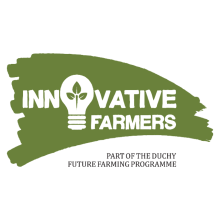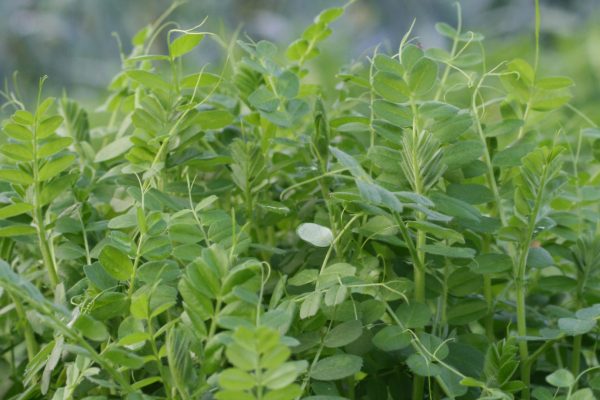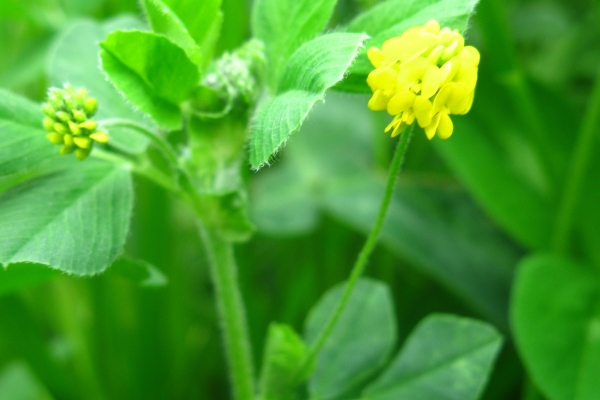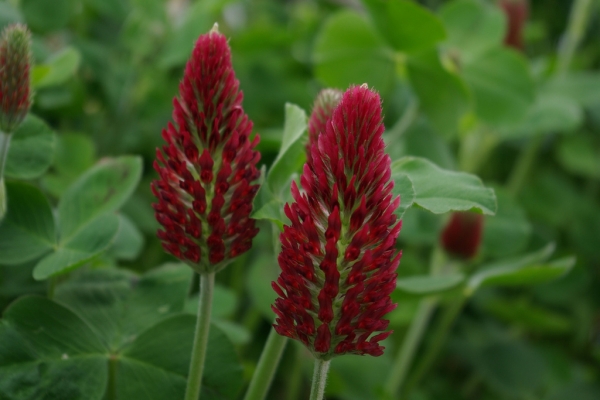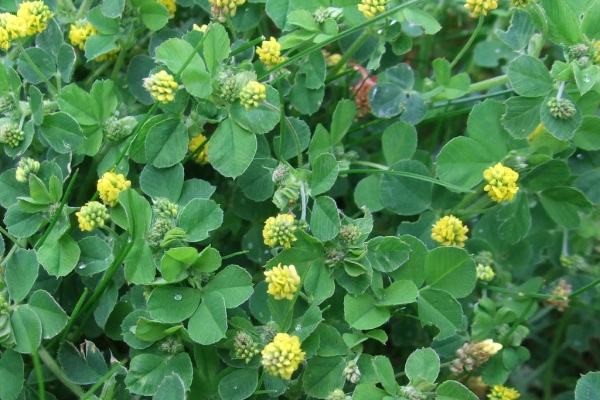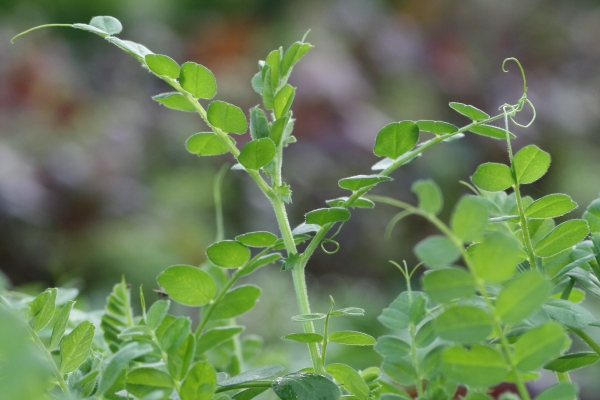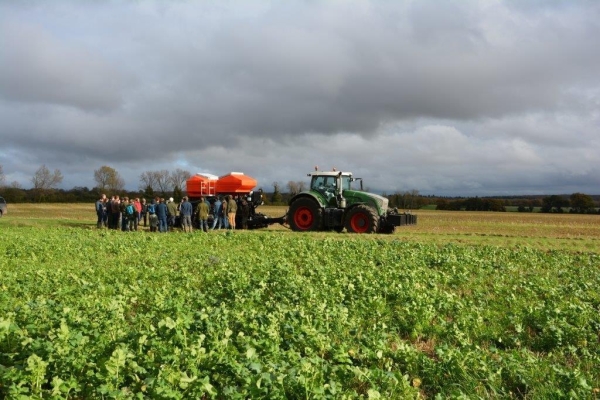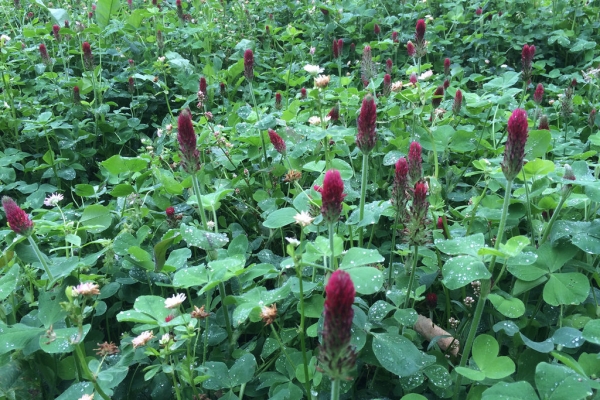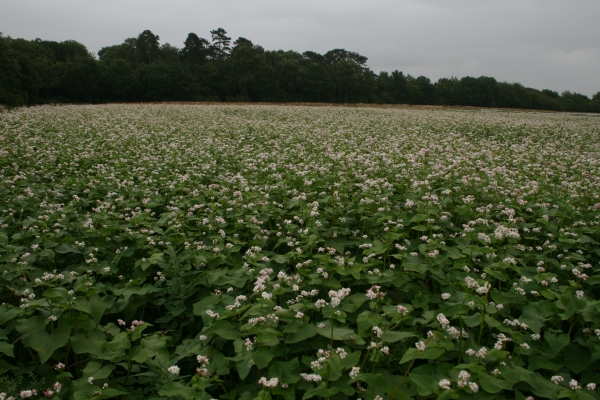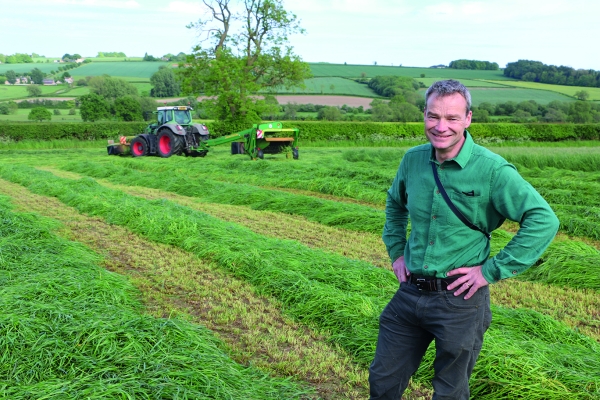Making the Most of Green Manures
A Webinar for Farmers
Resource explained
Green manures and cover crops can be grown to benefit the following crop primarily by improving soil quality. Ian Wilkinson of Cotswold Seeds presents this 54 minute long webinar providing a guide to green manures and cover crops for farmers. He describes how to use them, how they work and some of the benefits; focusing on nitrogen management, species mixtures, and how you sow and grow them. Ian proposes that green manures can be a very valuable part of arable rotations by improving soil quality. They can also allow for an extra income stream through grazing livestock, and benefit the environment by providing pollen and nectar, reducing erosion, encouraging water infiltration, and reducing the need for artificial fertilisers. The webinar includes a mixture of clear illustrations and photographs to explain how you can effectively use green manures.
Findings & recommendations
- It is recommended that a mixture of species with different properties are grown, this allows for multiple benefits and can increase yields by up to 47%.
- Green manures are mainly grown to provide organic matter for soil organisms. These organisms break down plant material to provide nutrients for following crops.
- Leguminous species (e.g. clovers, vetches) fix nitrogen from the atmosphere into the soil for free, adding between 80-300 kg of nitrogen per hectare.
- Green manures can suppress weed plants by outcompeting them.
- They should be sown between spring and autumn; either directly or undersown into the current crop.
- They can be short term (6-10 weeks) or long term (2-3 years).
- They should be destroyed before the following crop is planted.
- Chemical destruction involves weed killer, but this can have a detrimental effect on soil biology so is best avoided.
- Mechanical destruction includes mowing the crop, ploughing it in, or using a crimper roller to crush the plants.
- Biological destruction involves grazing livestock on the green manure. This is very efficient and provides extra farm income as well as further improving fertility with animal manure.
- Ian cites examples of practices various farmers are using to help illustrate points in the webinar.
Also see ‘Sort out your soil‘

